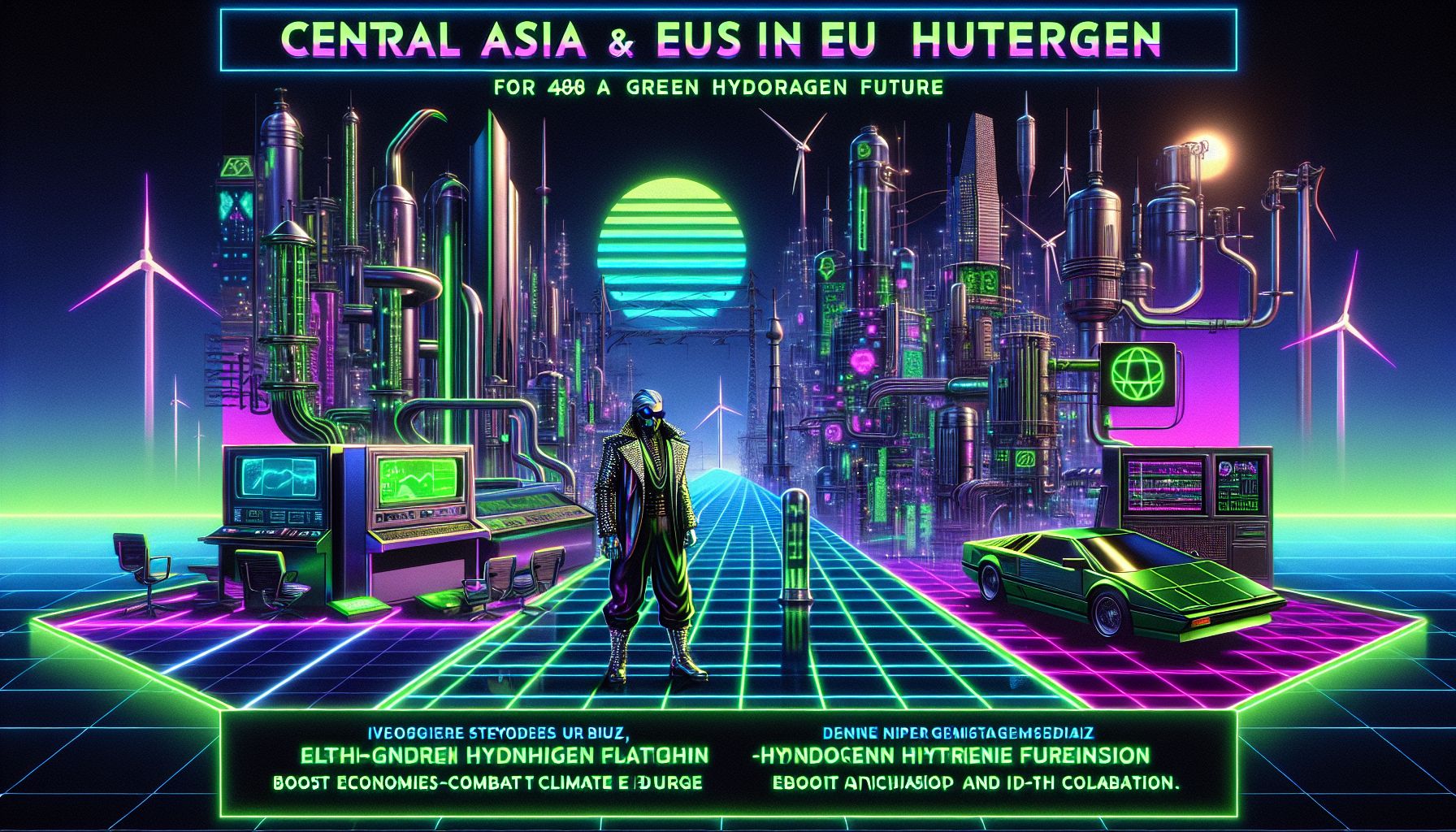Central Asia and EU Unite for a Green Hydrogen Future

Astana, Wednesday, 17 September 2025.
Central Asia and the EU are teaming up to advance green hydrogen tech. This collaboration could boost economies and fight climate change, making hydrogen a key player in energy.
A New Era for Green Hydrogen in Central Asia
Just yesterday, Central Asia and the EU took a leap into the future by signing a strategic partnership aimed at revolutionising green hydrogen technology. This isn’t just about tech; it’s about transforming economies and tackling climate change head-on. Imagine hydrogen as the superhero of energy—clean, efficient, and poised to save the day. This partnership is expected to bring significant economic benefits while ensuring a fair transition to sustainable energy across the region [1].
The Vision Behind the Partnership
At the heart of this collaboration is a shared vision for a greener future. Over 150 participants, including government officials and experts, gathered in Astana, Kazakhstan, to discuss national hydrogen roadmaps and the integration of renewable energy sources. Their discussions revolved around harmonising policies and infrastructure to develop a trusted hydrogen market. Deputy Foreign Minister Arman Issetov emphasised the importance of regional cooperation, stating that Central Asia is not just joining the global transition but driving it [1].
Kazakhstan’s Ambitious Plans
Kazakhstan is stepping up with the Hyrasia One project in the Mangystau Region. Backed by Germany’s Svevind Energy Group, this project aims to utilise 40 gigawatts of wind and solar capacity to produce up to 2 million tonnes of green hydrogen annually. It’s like a massive green factory powered by the elements. Kazakhstan has also launched 33 educational programs to build the human capital needed for this energy transition [1].
A Global Effort
Germany is actively supporting this initiative through its hydrogen diplomacy programme, which seeks to create a global network of partners in the green hydrogen market. Anke Rehlinger, Prime Minister of Saarland, highlighted the region’s abundant renewable resources, noting their potential to position Central Asia as a leader in the global green hydrogen market. It’s a collaboration that highlights the importance of international partnerships in tackling climate change [1].
The Road Ahead
The forum in Kazakhstan was not just about plans; it was a call to action. Kazakhstan aims to achieve carbon neutrality by 2060, with renewables making up at least 15% of its energy mix by 2030. These ambitious goals reflect a commitment to refining the country’s long-term energy strategy and adapting to new renewable sources. The question now is not whether green hydrogen will play a role in Central Asia, but what role it will play [1].
Bronnen
- astanatimes.com
- www.dnv.com
- www.apega.ca
- www.nortonrosefulbright.com
- www.pfeiffer-vacuum.com
- table.media
- events.stanford.edu
- www.esgtoday.com